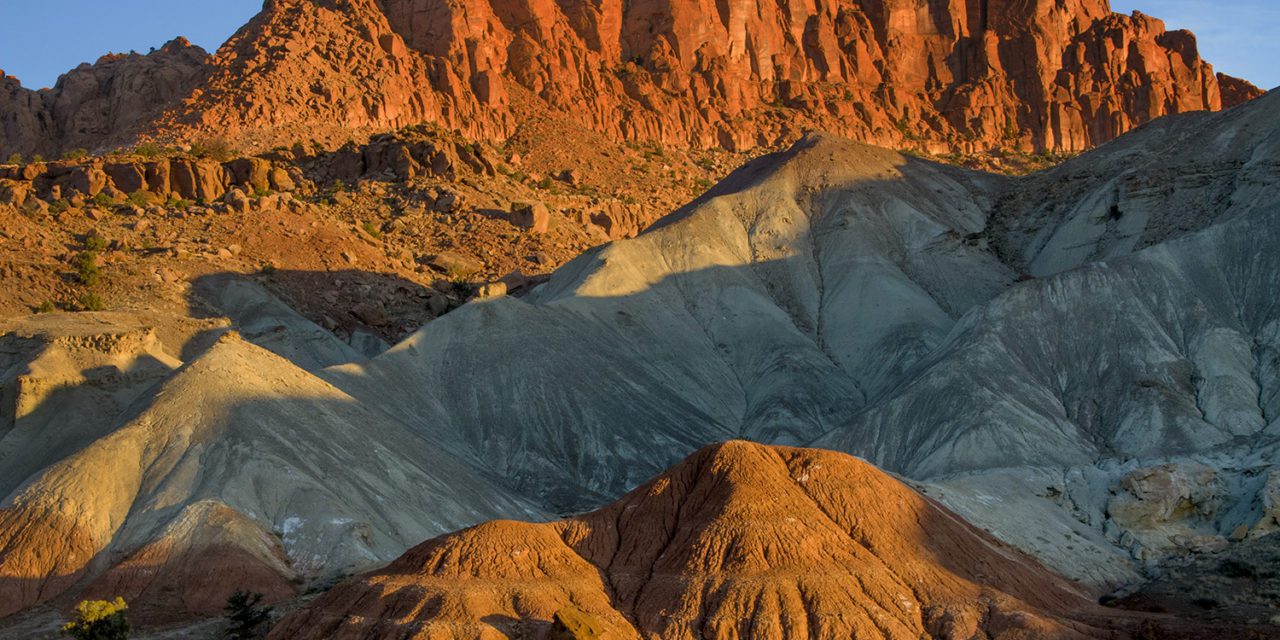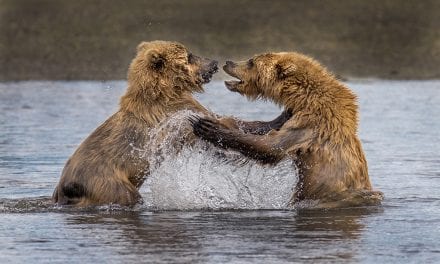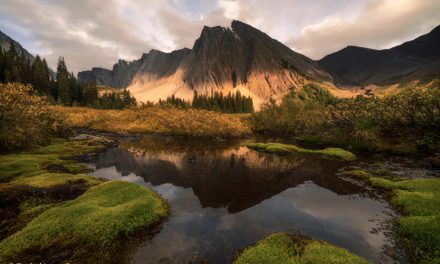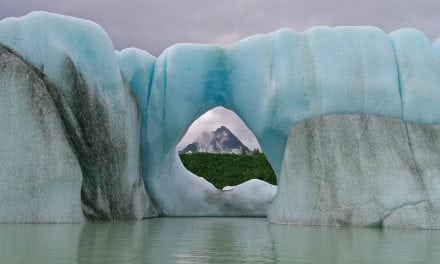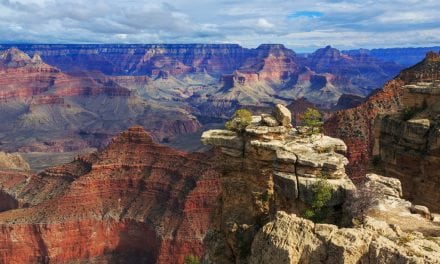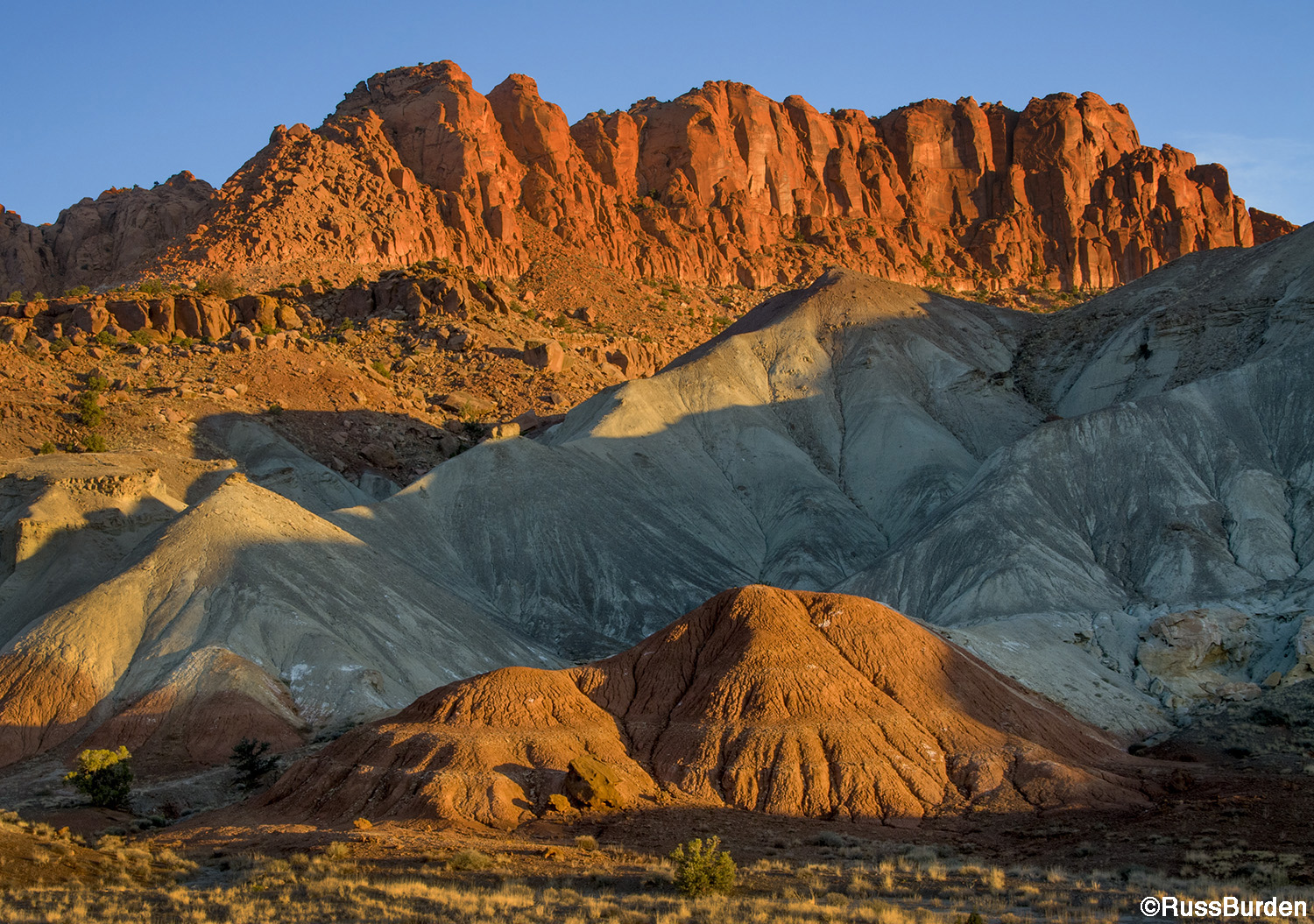
Nature photography breaks down into two main entities: scenics and wildlife. To capture the grandeur of a landscape is something to which nature photographers aspire. The same holds true for a magnificent creature created by mother nature when it’s preserved onto a digital sensor. When I first got into nature photography, I gravitated toward the scenic. I’ve since transitioned more into the world of wildlife, but I’ll never turn down the opportunity to capture a magnificent landscape in phenomenal light with majestic clouds and iconic structural formations.
I began to travel around the U.S. and pointed my car in many directions. Western landscapes came to be a favorite as did the seascapes of the Pacific. The rolling hills of New England in the fall certainly grabbed my attention as did the red rock country of the Colorado Plateau. The vast open space of each of these areas often left me in visual awe. That one aspect that often left a dilemma each time I looked at my images is I didn’t want to leave viewers wondering just how sprawling these locations were. I needed to add a reference subject from which a comparison could be made to show a size relationship. Scale could then be put into perspective and give the viewer a clue to the immensity of the scene.
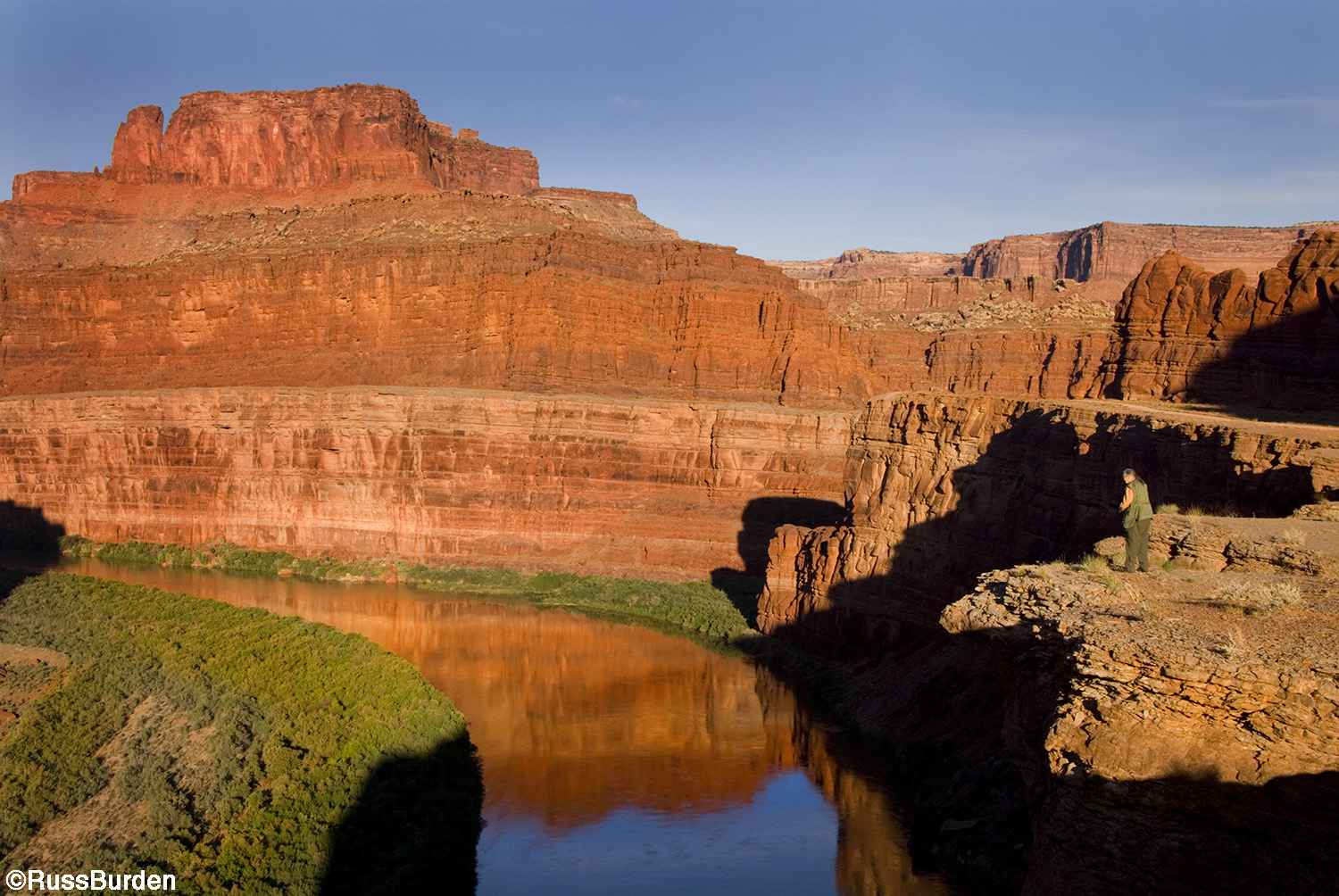
Perceived scale is introduced into an image to include a point of reference that’s commonly known to man. Familiarity of known subjects allows this to occur. Canyonlands is an immense and sprawling location in Utah. Unless you physically stand at a viewpoint to absorb its size, it’s difficult for a viewer of a photo to comprehend its vastness. Trees and bushes allow for a size relationship to be established, but they are few and far between in the area. It’s with this in mind I asked one of my tour participants to pose in the scene so I could show scale. Of particular note in the accompanying photo, I asked him to stand in a precise spot where a shadow appeared in the landscape behind him. In that he was directly illuminated by the sun, he became three-dimensional because of the light. Use light to your advantage!
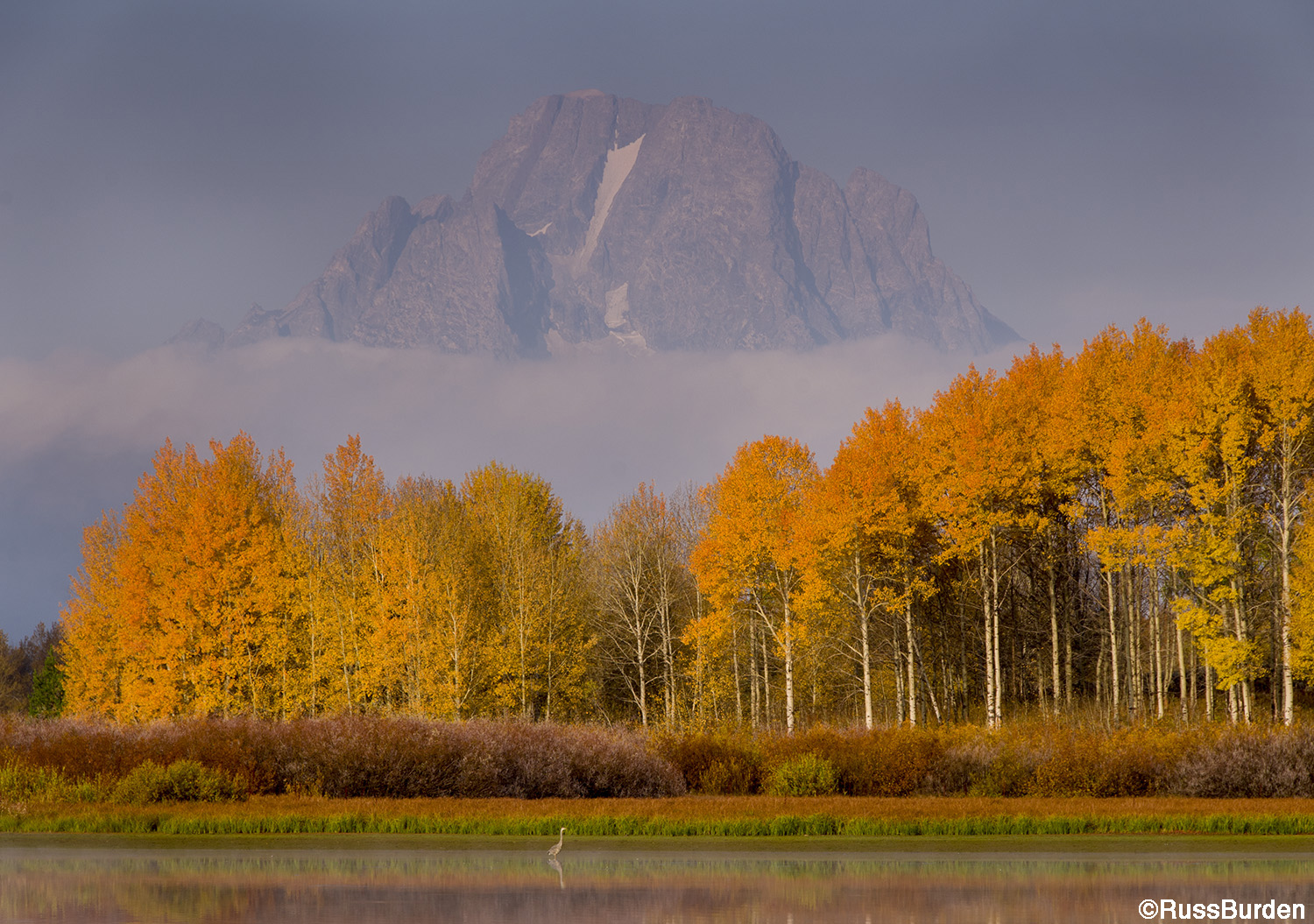
In the image of Grand Teton National Park in the fall, I included a great blue heron in the composition. Note how small in the frame it appears yet it’s an integral element within the photo. It simultaneously becomes a focal point while it provides size perspective. The foreground vegetation in the image of the red rocks of Capital Reef National Park gives the viewer a reference as to how immense the three layers of land formations appear.
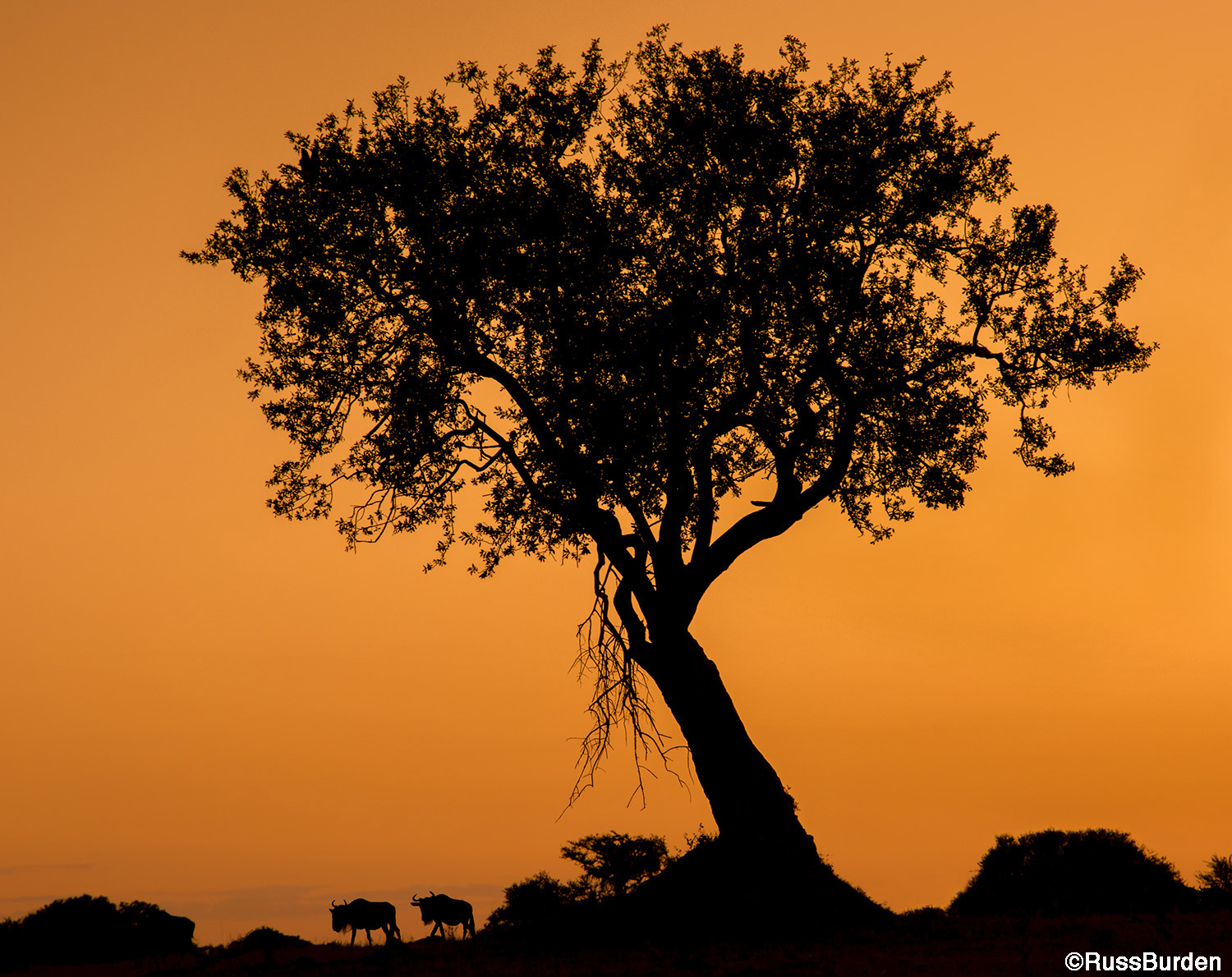
During one of our sunset sessions in the Serengeti, we came across a lone tree that created an iconic African sunset. In studying it, it reminded me of one of my favorite trees in Zion with regards to shape, but the one in Zion is a lot smaller. The thought that kept spinning through my head was how can I show the true size of this beautiful tree? As if the photo Gods answered, along strolled two wildebeests and I snapped off five images.
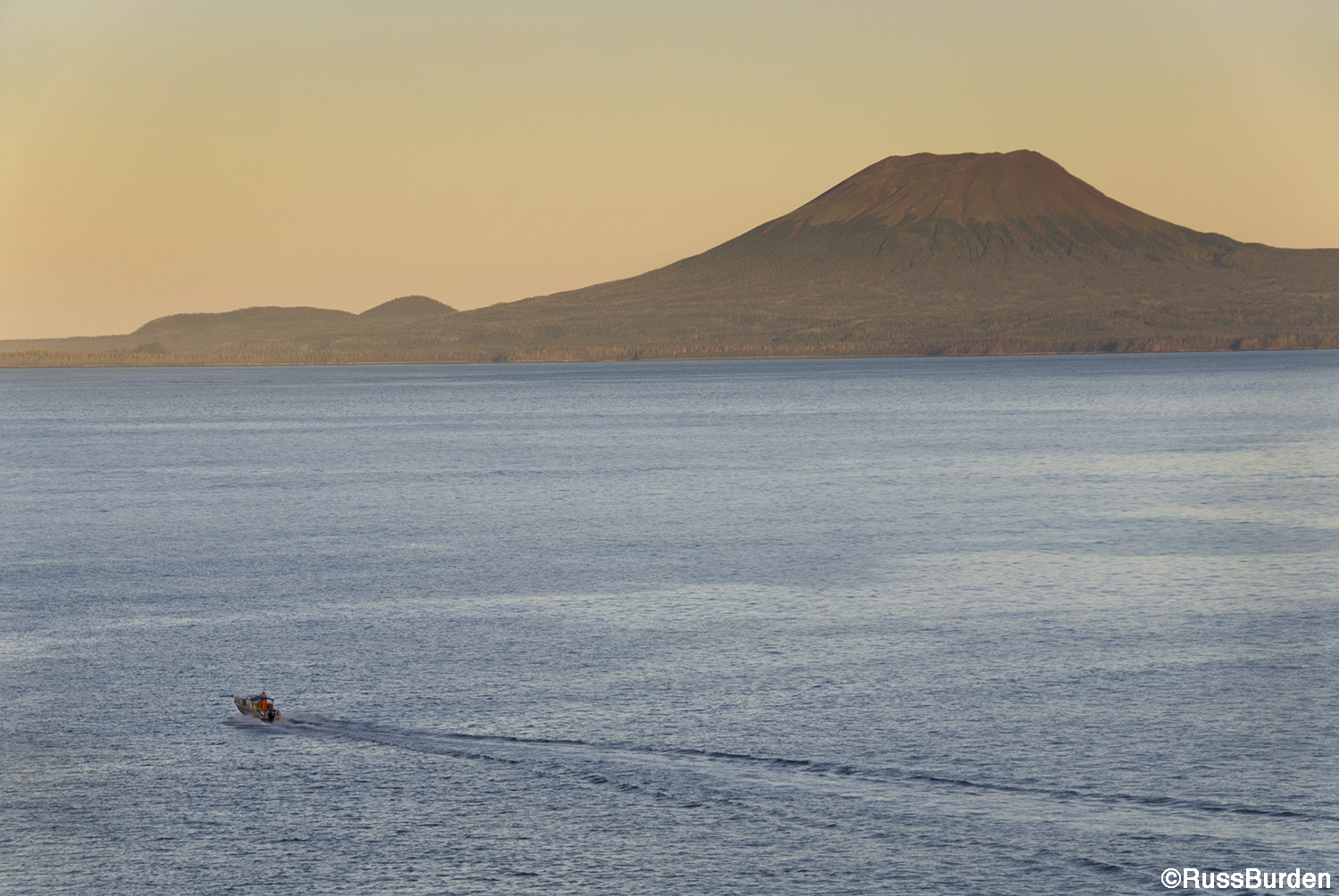
Man and manmade objects are a standard to show size relationships. In the photo of the volcanic cone at sunrise, serendipity occurred. While cruising the waters of a passage in Alaska, along came a fisherman as if he knew where in my composition the mountain appeared so I could place him in the rule of thirds. Additionally, I was thankful he chose to wear a red rain suit even though it wasn’t raining!
With the above being said, sometimes it’s good to not include a reference point. It may be the intent of the photographer to distort reality or simply try to make an abstract. Close-up shots of waterfalls or cascades are often used for this purpose. The viewer is left wondering just how big the falls are. The important aspect is to get you to know how to create scale should you need to.
To learn more about this subject, join me on a photo safari to Tanzania. Visit www.russburdenphotography.com to get more information.
The post Show Scale In Landscapes appeared first on Outdoor Photographer.

